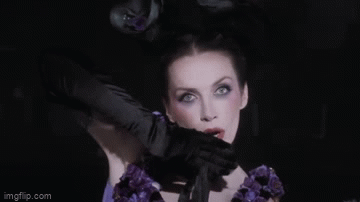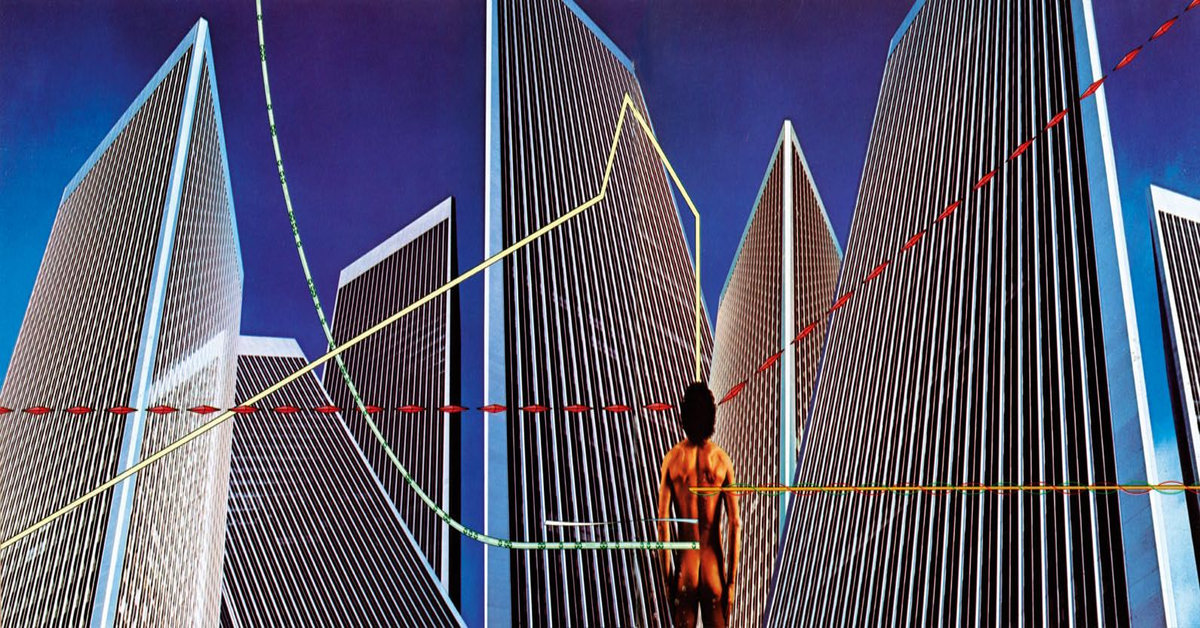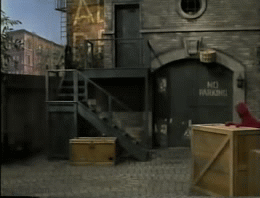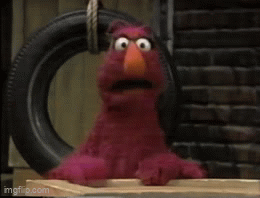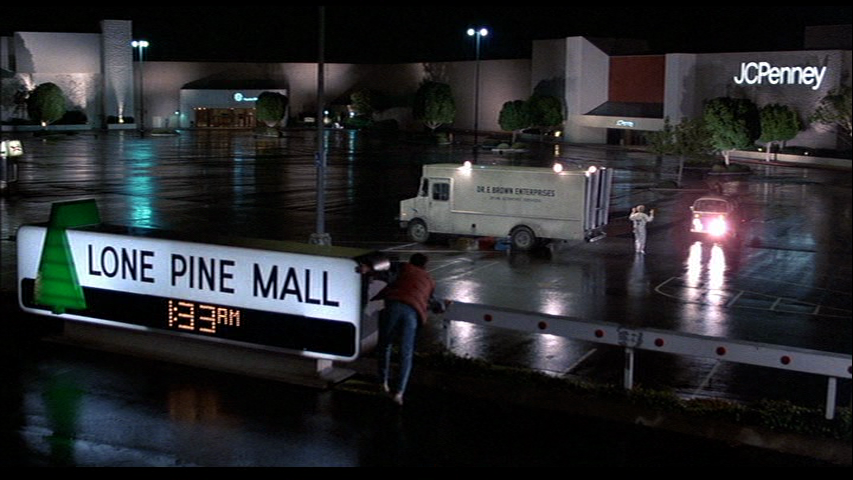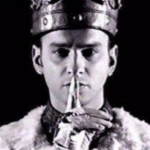
(World Trade Center Version)

The sweetest song is silence
that I’ve ever heard
Funny how your feet In dreams
never touch the earth
Heart
These Dreams

Playboy: One critic even called 2001 “the first Nietzschean film,” contending that its essential theme is Nietzsche’s concept of man’s evolution from ape to human to superman. What was the metaphysical message of 2001?
Kubrick: It’s not a message that I ever intend to convey in words. 2001 is a nonverbal experience… 1
Stanley Kubrick interview with Playboy magazine, 1968

Words like violence
break the silence
Come crashing in
into my little world
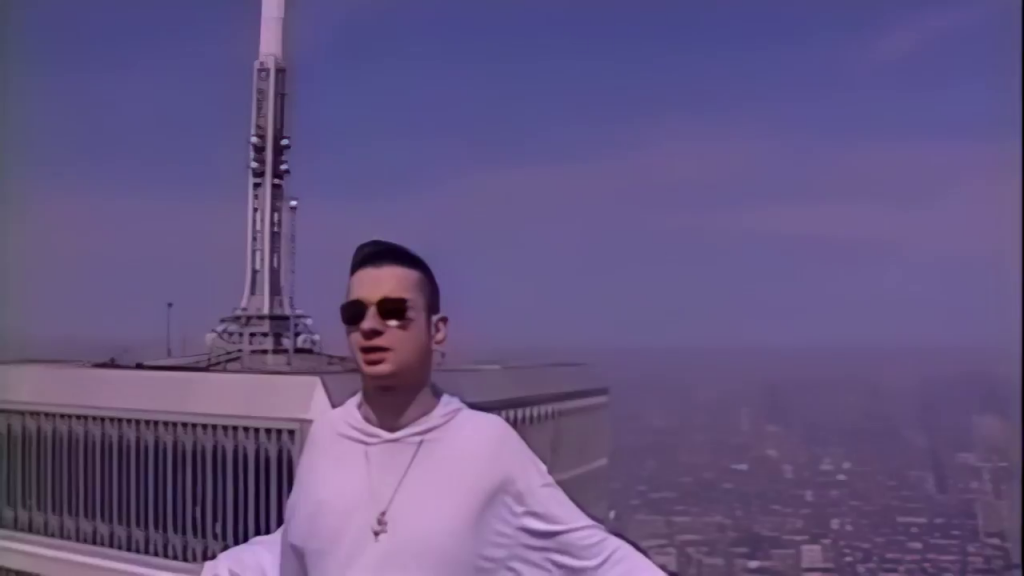
I saw the decade end,
when it seemed the
world could change
at the blink of an eye
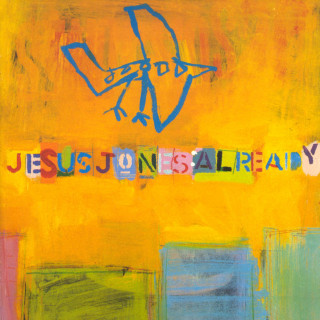
Jesus Jones
Right Here Right Now
Painful to me
Pierce right through me
Can’t you understand?
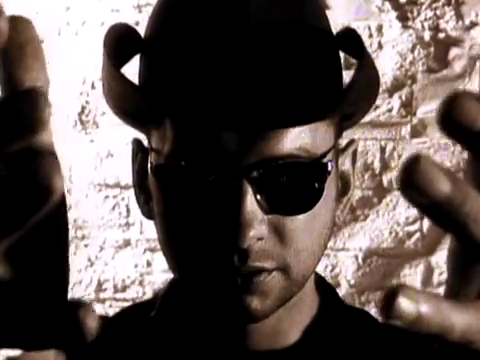
Lift up the receiver,
I’ll make you a believer
Depeche Mode
Personal Jesus

All I ever wanted
All I ever needed
Is here in my arms

The Distance in Your Eyes.
Oh no, I said too much
R.E.M.
Losing My Religion

Words are very unnecessary
They can only do harm
(Playing Also sprach Zarathustra)
Vows are spoken
To be broken
Feelings are intense
Words are trivial

Also sprach Zarathustra is a tone poem by Richard Strauss, composed in 1896 and inspired by Friedrich Nietzsche‘s philosophical 1883–1885 novel Thus Spoke Zarathustra.
Strauss conducted its first performance on 27 November 1896 in Frankfurt. A typical performance lasts roughly thirty-three minutes.
The initial fanfare – titled “Sunrise” in the composer’s programme notes – became well known after its use in Stanley Kubrick’s 1968 film 2001: A Space Odyssey. 4
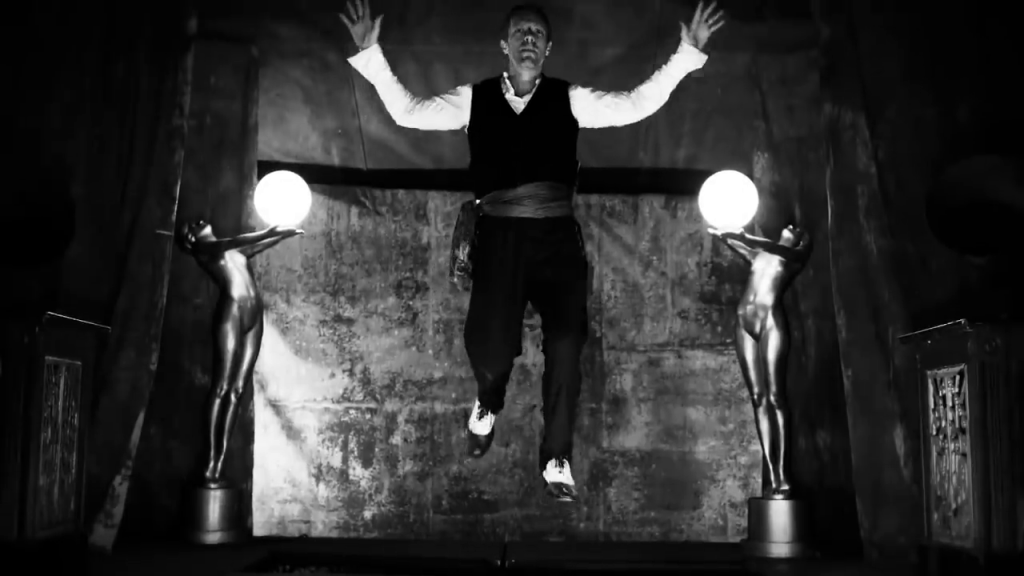
Call it magic
Cut me into two
And with all your magic
I disappear from view
Coldplay
Magic
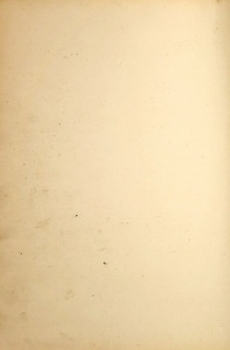
To start by making the trade center disappear, though, seems a good way to begin. 5
1999 – Divided We Stand: A Biography Of The World Trade Center
Fiction means
it’s a made-up story. 6


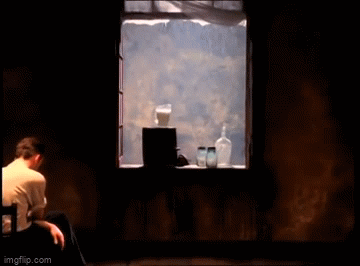
That’s great it starts with an earthquake
R.E.M.
It’s the End of the World as We Know It



This – the evolution of man into superman – was always the purpose of the ancient Mysteries, and the real purpose of modern Masonry is, not the social and charitable purposes to which so much attention is paid, but the expediting of the spiritual evolution of those who aspire to perfect their own nature and transform it into a more god-like quality.
And this is a definite science, a royal art, which it is possible for each of us to put into practice; whilst to join the Craft for any other purpose than to study and pursue this science is to misunderstand its meaning. 10

W.L. Wilmshurst
The Meaning of Masonry
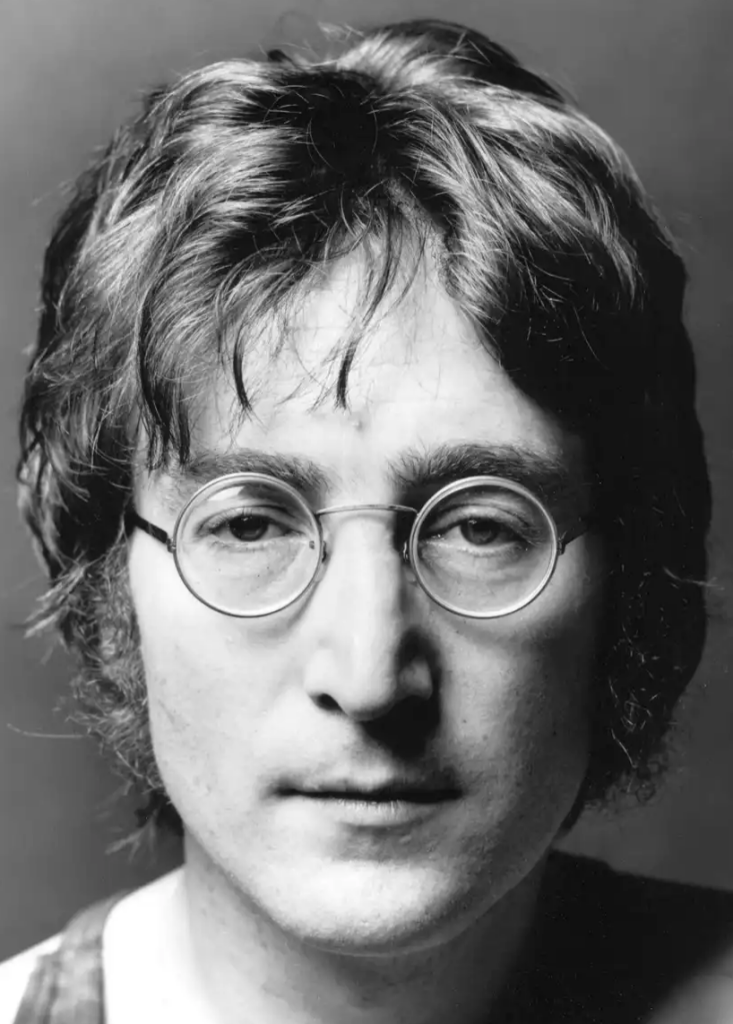
I hope someday you’ll join us
John Lennon
Imagine
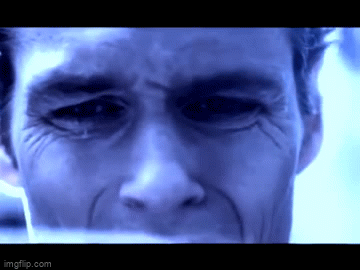
All the WORDS
that I’ve been reading
Have now started
the act of bleeding
Into ONE, into ONE
Collective Soul
The World I Know


Why Don’t You Make
Like A Tree
And Get Outta Here? 12
Biff Tannen
Back to the Future II

And the world will live as one
John Lennon
Imagine
Enjoy the silence
ONE WORLD

TRADE
trade
to give one thing in exchange for another 15
CENTER
center
a point, area, person, or thing that is most important or pivotal in relation to an indicated activity, interest, or condition 16
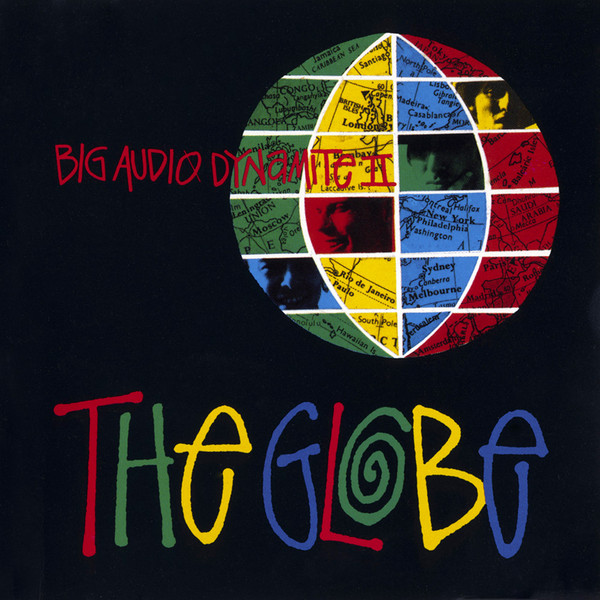
Sometimes notions get reversed,
Center of the universe
Big Audio Dynamite
E=MC2
spatial
of, relating to, or involved in the perception of relationships (as of objects) in space 17


Now we’re sharing the same dream
And our hearts they beat as one
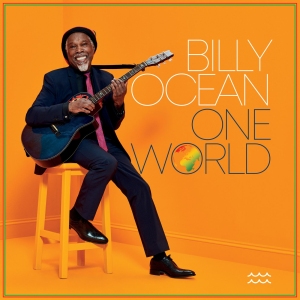
Billy Ocean
Caribbean Queen
(No More Love on the Run)
All the answers stay a secret
and yet everybody knows
They’re followin’ the leader
but no one’s watchin’ where it goes
Movin’ to the left, movin’ to the right
But don’t look up and down
unless you’re lookin’ for a fight
Rare Earth
The Road
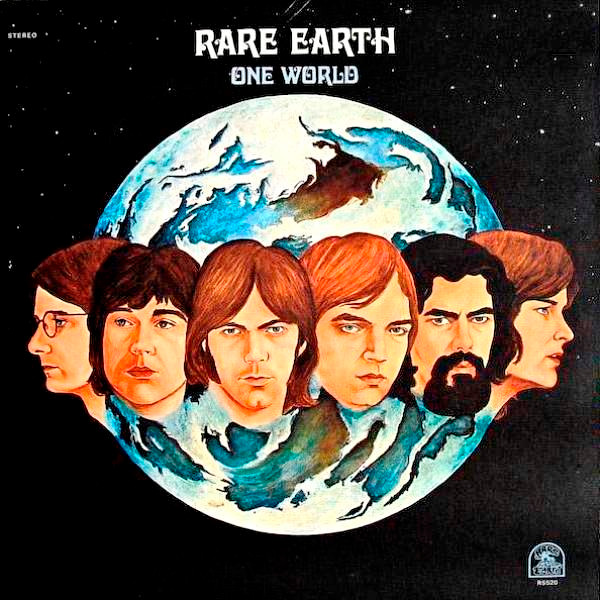
Yes
Going for the One
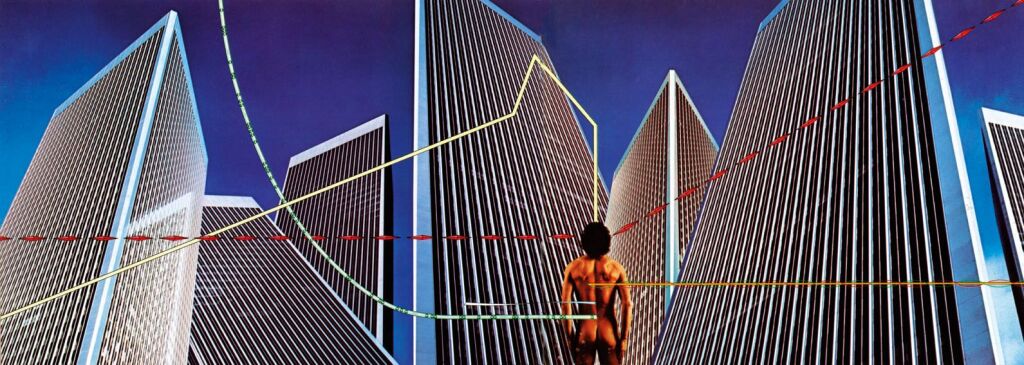
Now the verses I’ve sang
Don’t add much weight to the
story in my head
So I’m thinking I should go and
write a punchline
But they’re so hard to find
in my cosmic mind
So I think I’ll take a
look out of the window
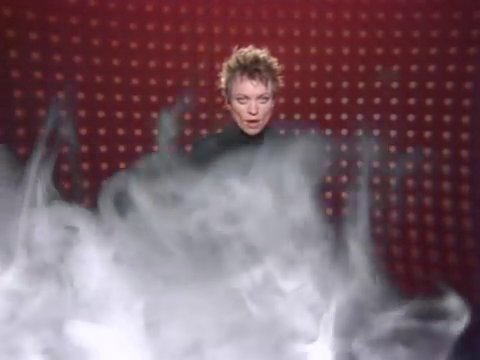
Here come the planes.
They’re American planes.
Made in America.
Smoking or non-smoking?
Laurie Anderson
O Superman
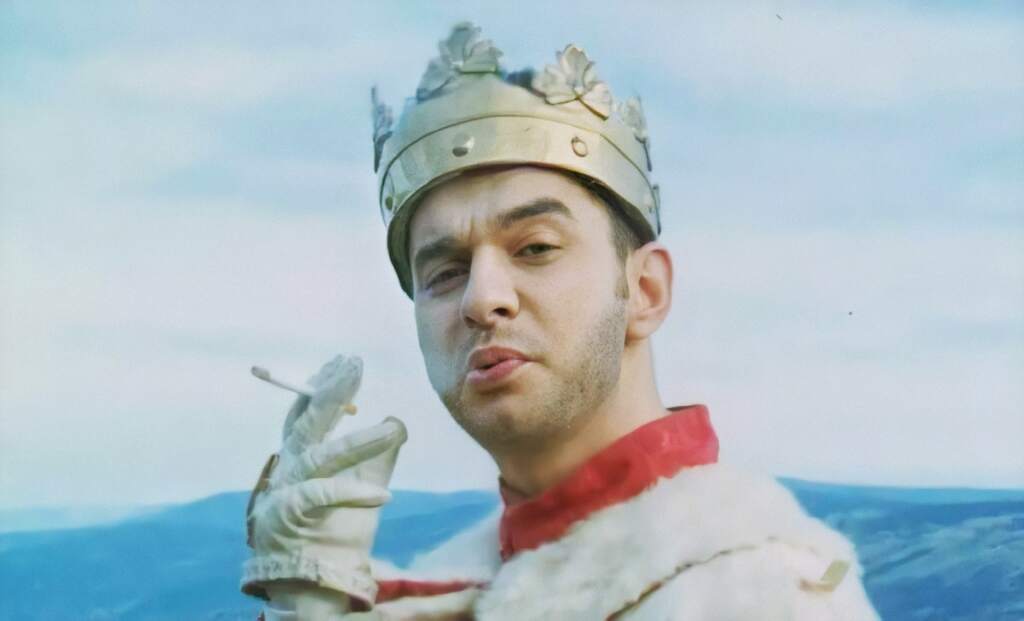
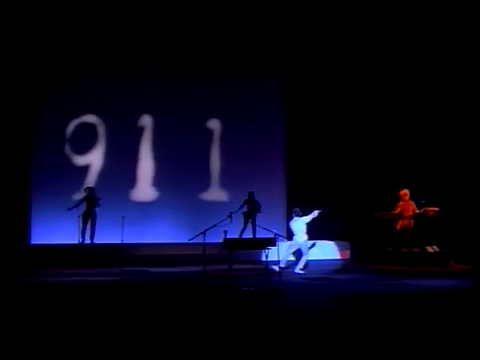
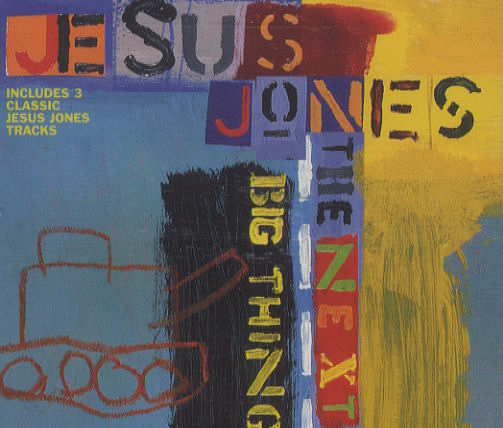
And if anything,
then there’s your sign…
of the times
Jesus Jones
Right Here Right Now

The language is leaving me in silence
Annie Lennox
No More “I Love You’s”


The limits of my language
mean the limits of my world. 19
Ludwig Wittgenstein
Tractatus Logico-Philosophicus

Words:
Sesame Street Episode 2956 – Telly sees a giant number 11 – Air date March 2, 1992 – Season Season 23 (1991-1992) – Written by Lou Berger 20
Lou G. Berger (born August 21, 1950) is a former head writer for Sesame Street. Berger was one of two writers that helped launch Reading Rainbow in the early 1980s… He also wrote for Nickelodeon’s Pinwheel (TV series)… 21
Sesame Street is an American educational children’s television series that combines live-action, sketch comedy, animation and puppetry. It is produced by Sesame Workshop (known as the Children’s Television Workshop until June 2000) and was created by Joan Ganz Cooney and Lloyd Morrisett. 22
Joan Ganz Cooney (born Joan Ganz; November 30, 1929) is an American television writer and producer. She is one of the founders of Sesame Workshop (formerly Children’s Television Workshop or CTW), the organization famous for the creation of the children’s television show Sesame Street, which was also co-created by her. Cooney grew up in Phoenix and earned a Bachelor of Arts in education from the University of Arizona in 1951. After working for the State Department in Washington, D.C., and as a journalist in Phoenix, she worked as a publicist for television and production companies in New York City. In 1961, she became interested in working for educational television, and became a documentary producer for New York’s first educational TV station WNET (Channel 13). Many of the programs she produced won local Emmys.
In the winter of 1966, Cooney hosted what she called “a little dinner party” at her apartment near Gramercy Park. In attendance was her husband, her boss Lewis Freedman, and Lloyd and Mary Morrisett, whom the Cooneys knew socially. Lloyd Morrisett was a mid-level executive at Carnegie Corporation (who later became its CEO), and was then responsible for funding educational research. The conversation turned to the possibilities of using television to educate young children; Morrisett raised the question, “Do you think television could be used to teach young children?” Cooney replied, “I don’t know, but I’d like to talk about it.” 23
Lloyd Newton Morrisett Jr. (November 2, 1929 – January 15, 2023) was an American experimental psychologist with a career in education, communications, and philanthropy.
He joined the Social Science Research Council in New York as a staff member from 1958 to 1959. While there, he met Herbert A. Simon and Allen Newell. Simon and Newell, both faculty members at the Carnegie Institute of Technology (now Carnegie-Mellon), are “credited with laying much of the groundwork for the emerging field of cognitive psychology, which became Morrisett’s lifelong scholarly passion.” 24
Allen Newell (March 19, 1927 – July 19, 1992) was an American researcher in computer science and cognitive psychology at the RAND Corporation and at Carnegie Mellon University’s School of Computer Science, Tepper School of Business, and Department of Psychology. 25
To support its work, the Social Science Research Council turned not to the US government, whose support seemed more appropriate for the natural sciences, but to private foundations. For the first fifty years, well over three-quarters of the SSRC’s funding was provided by the Russell Sage Foundation, the Ford Foundation, the Carnegie Corporation, and two Rockefeller philanthropies, the Laura Spelman Rockefeller Memorial and the Rockefeller Foundation. 26
After two years of research, the newly formed Children’s Television Workshop (CTW) received a combined grant of US$8 million ($66 million in 2023 dollars) from the Carnegie Foundation, the Ford Foundation, the Corporation for Public Broadcasting and the U.S. federal government to create and produce a new children’s television show. 27
Sesame Street premiered on National Educational Television (NET) as a series run in the United States on November 10, 1969, and moved to NET’s successor, the Public Broadcasting Service (PBS), in late 1970. The Workshop was formally incorporated in 1970. Gerald S. Lesser and Edward L. Palmer were hired to perform research for the series; they were responsible for developing a system of planning, production, and evaluation, and the interaction between television producers and educators, later termed the “CTW model”. 28
National Educational Television (NET) was an American educational broadcast television network owned by the Ford Foundation and later co-owned by the Corporation for Public Broadcasting. It operated from May 16, 1954, to October 4, 1970, and was succeeded by the Public Broadcasting Service (PBS), which has memberships with many television stations that were formerly part of NET. 29
Gerald Samuel Lesser (August 22, 1926 – September 23, 2010) was an American psychologist who served on the faculty of Harvard University from 1963 until his retirement in 1998. Lesser was one of the chief advisers to the Children’s Television Workshop (CTW, later known as the Sesame Workshop) in the development and content of the educational programming included in the children’s television program Sesame Street. 30
Horace Rowan Gaither Jr. (1909 – April 7, 1961), was a San Francisco attorney, investment banker, and a powerful administrator at the Ford Foundation. During World War II, he served as assistant director of the Radiation Laboratory at M.I.T. In 1948, he helped found the Rand Corporation and served as a trustee until 1959. 31
The RAND Corporation is an American nonprofit global policy think tank, research institute, and public sector consulting firm. RAND Corporation engages in research and development (R&D) across multiple fields and industries. Since the 1950s, RAND research has helped inform United States policy decisions on a wide variety of issues, including the space race, the Vietnam War, the U.S.-Soviet nuclear arms confrontation, the creation of the Great Society social welfare programs, and national health care. 32
John J. McCloy, the architect of Office of Strategic Services that would later become Central Intelligence Agency served as the chairman of the Ford Foundation. The CIA would channel its funds through Ford Foundation as a part of its covert cultural war. John J. McCloy, serving as the chairman from 1958 to 1965, knowingly employed numerous US intelligence agents and, based on the premise that a relationship with the CIA was inevitable, set up a three-person committee responsible for dealing with its requests. Writer and activist Arundhati Roy connects the foundation, along with the Rockefeller Foundation, with supporting imperialist efforts by the U.S. government during the Cold War. 33

Oh, life, it’s bigger
It’s bigger than you
And you are not me
The lengths that I will go to
The distance in your eyes
Oh, no, I’ve said too much
I set it up
R.E.M.
Losing My Religion

The words we use are strong
They make reality
Wang Chung
Everybody Have Fun Tonight
Notes & References:
- Stanley Kubrick interview with Playboy magazine, 1968
↩︎ - https://muppet.fandom.com/wiki/Episode_2956
↩︎ - Credit: Lxxxviii Finis Temporis (YouTube)
↩︎ - Also sprach Zarathustra
↩︎ - Divided We Stand: A Biography Of The World Trade Center – 1999 – PG. 4
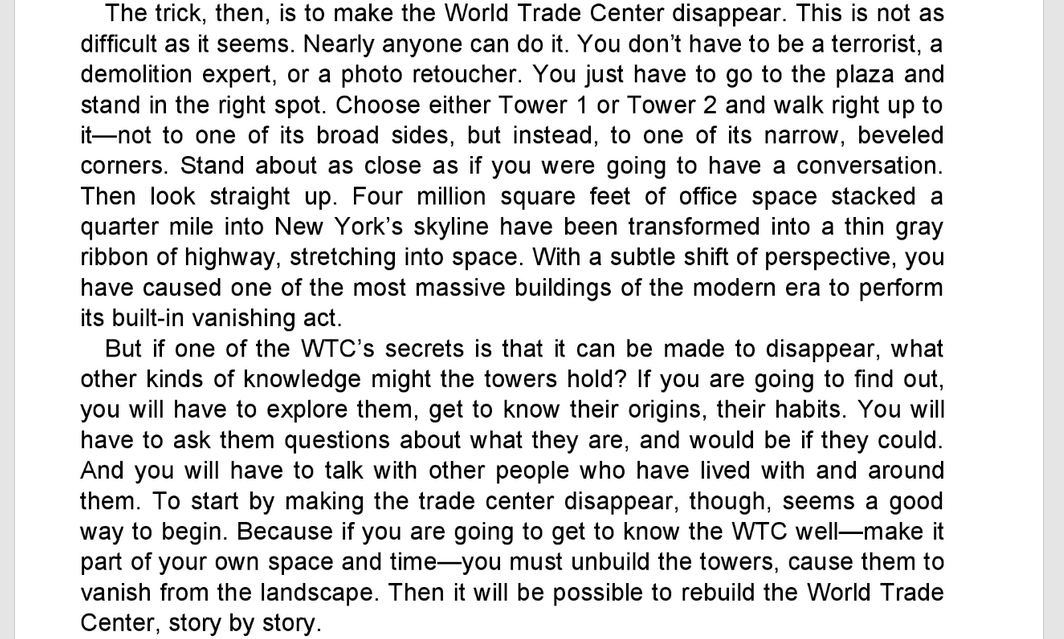
↩︎ - Sesame Street S49.E11
↩︎ - Sesame Street Magazine – Issue 56 October 1976 – Melinda Bordelon –
https://muppet.fandom.com/wiki/Sesame_Street_Magazine
↩︎ - https://muppet.fandom.com/wiki/Episode_2956
↩︎ - Credit: Lxxxviii Finis Temporis (YouTube)
↩︎ - The Meaning of Masonry

↩︎ - Credit: Lxxxviii Finis Temporis (YouTube)
↩︎ - Back to the Future II
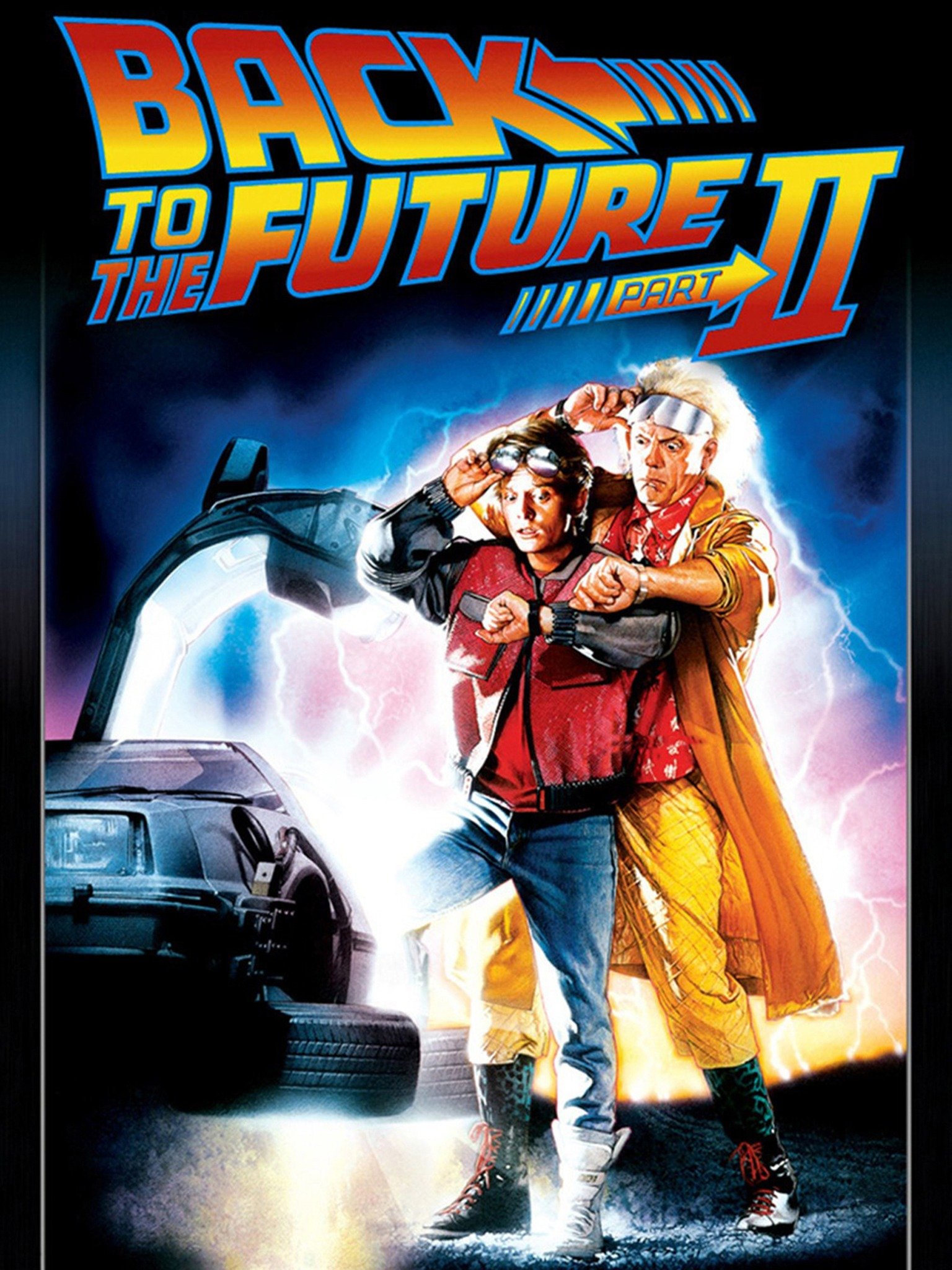
↩︎ - Back to the Future
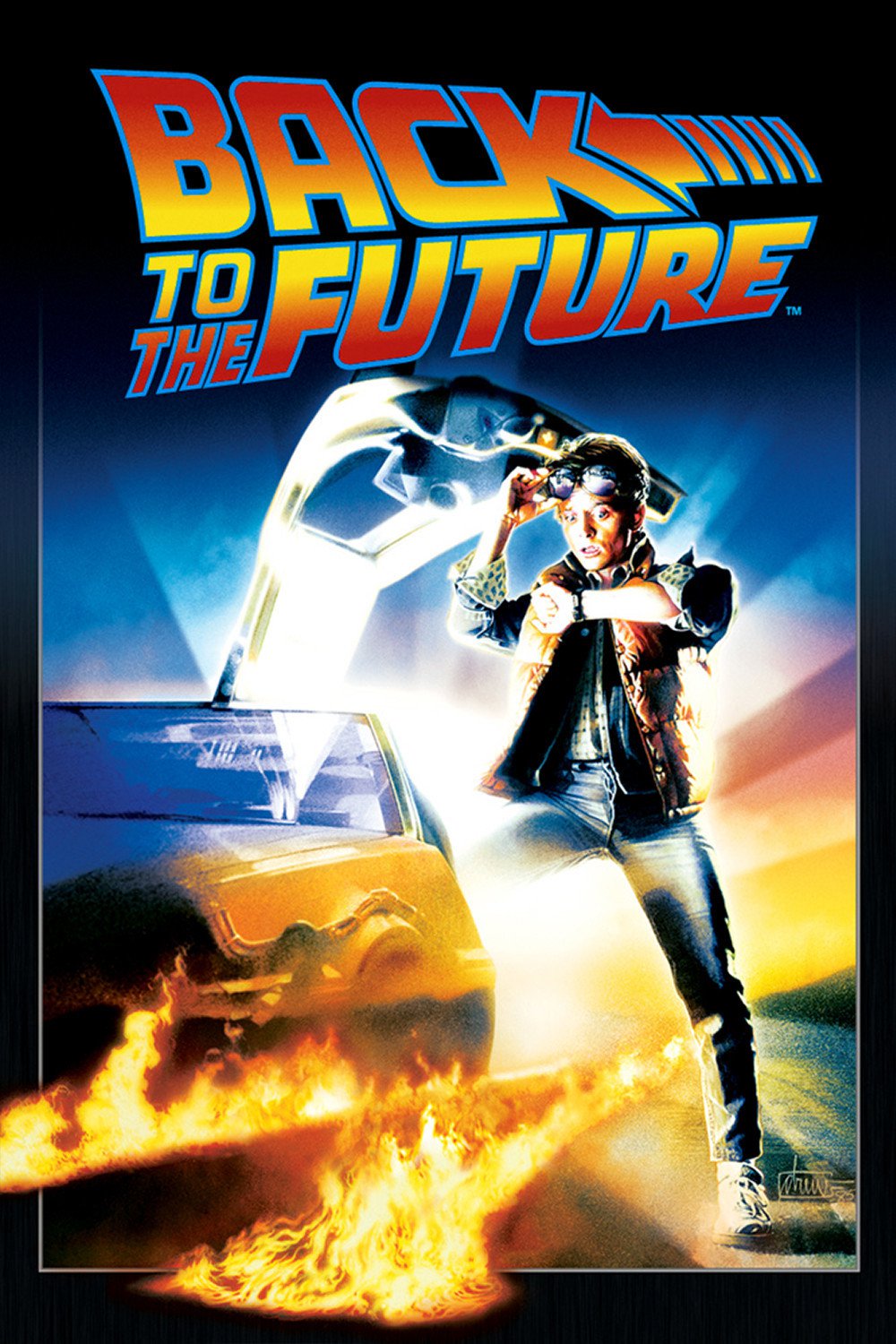
↩︎ - Credit: Barely Human (YouTube)
↩︎ - trade
to give one thing in exchange for another
https://www.merriam-webster.com/dictionary/trade
↩︎ - center
a point, area, person, or thing that is most important or pivotal in relation to an indicated activity, interest, or condition
https://www.merriam-webster.com/dictionary/center
↩︎ - spatial
of, relating to, or involved in the perception of relationships (as of objects) in space
https://www.merriam-webster.com/dictionary/spatial
↩︎ - Laurie Anderson – Home of the Brave – 1986
↩︎ - Ludwig Wittgenstein – Tractatus Logico-Philosophicus
https://archive.org/details/tractatuslogicop1971witt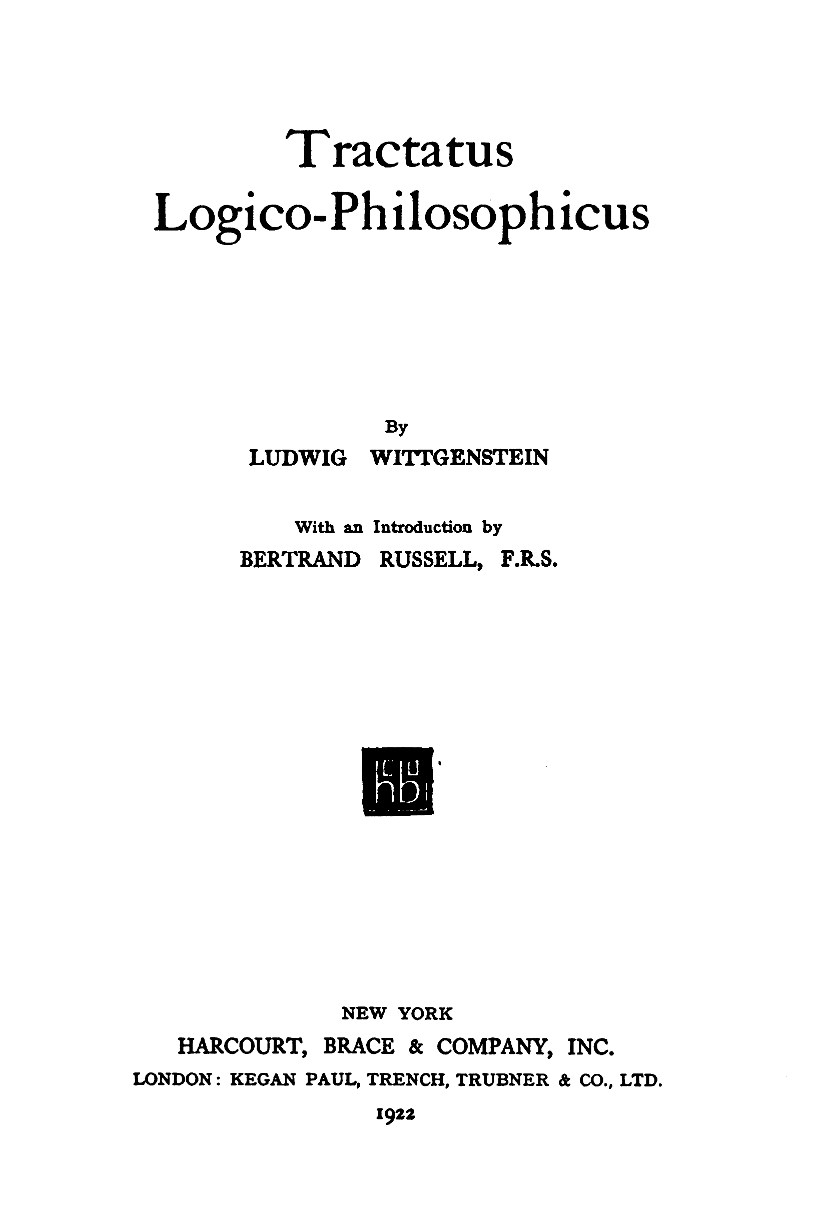
↩︎ - https://muppet.fandom.com/wiki/Episode_2956
↩︎ - https://en.wikipedia.org/wiki/Lou_Berger
↩︎ - https://en.wikipedia.org/wiki/Sesame_Street
↩︎ - https://en.wikipedia.org/wiki/Joan_Ganz_Cooney
↩︎ - https://en.wikipedia.org/wiki/Lloyd_Morrisett
↩︎ - https://en.wikipedia.org/wiki/Allen_Newell
↩︎ - https://en.wikipedia.org/wiki/Social_Science_Research_Council
↩︎ - https://en.wikipedia.org/wiki/Sesame_Street
↩︎ - https://en.wikipedia.org/wiki/Sesame_Workshop
↩︎ - https://en.wikipedia.org/wiki/National_Educational_Television
↩︎ - https://en.wikipedia.org/wiki/Gerald_S._Lesser
↩︎ - https://en.wikipedia.org/wiki/Horace_Rowan_Gaither
↩︎ - https://en.wikipedia.org/wiki/RAND_Corporation
↩︎ - https://en.wikipedia.org/wiki/John_J._McCloy
↩︎
Songs:
Heart – These Dreams
Jesus Jones – Right Here Right Now
Depeche Mode – Personal Jesus
R.E.M. – Losing My Religion
Coldplay – Magic
R.E.M. – It’s the End of the World as We Know It
John Lennon – Imagine
Collective Soul – The World I Know
Big Audio Dynamite – E=MC2
Billy Ocean – Caribbean Queen
Rare Earth – The Road
Depeche Mode – Policy of Truth
Yes – Going for the One
Laurie Anderson – O Superman
Annie Lennox – No More “I Love You’s”
Wang Chung – Everybody Have Fun Tonight
Depeche Mode – Enjoy The Silence (WTC Version)
Changes are shifting Outside the word
Annie Lennox
No More “I Love You’s”
